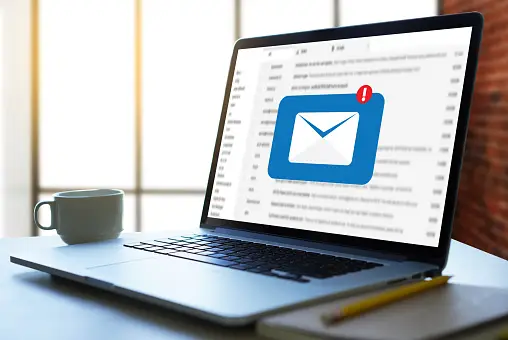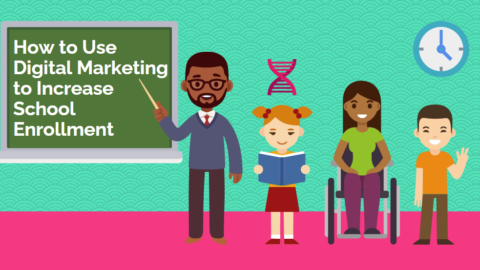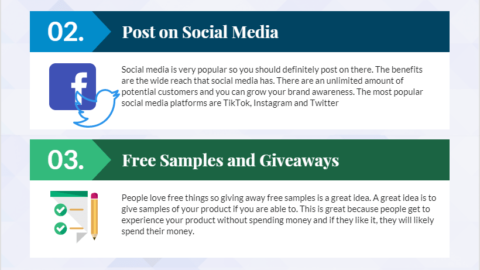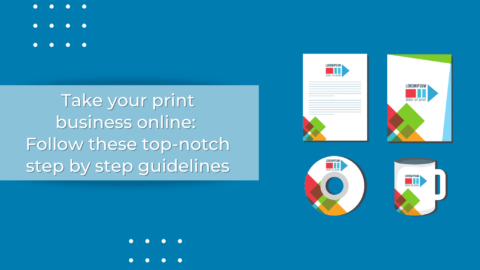Using Email Marketing to Engage, Inform and Convert
Email marketing is a potent tool that enables companies to interact with their audience, update them on new goods or services and eventually turn them into devoted clients. Email marketing has the potential to be a powerful tool for increasing sales and expanding your company with the appropriate tactics and methods. This article will examine several facets of email marketing and how to maximize it.
Table of Contents
Crafting compelling email content
The success of your email marketing campaigns hinges on crafting compelling email content that captivates your audience. Engaging content drives subscribers to open, read and take action on your emails.
Start by understanding your audience’s preferences and needs. Tailor your content to provide value to your subscribers, whether informative articles, exclusive promotions, or entertaining stories.
Your email’s subject line plays a pivotal role in grabbing attention. It should be concise, intriguing and relevant to the email’s content. The body of the email should be well-structured, scannable and visually appealing, with a clear call-to-action (CTA) that guides readers on the desired path.
Ultimately, continuously test and improve email content to boost engagement and maintain audience anticipation through valuable and well-crafted messages.
Segmentation strategies
Effective email marketing relies on segmentation strategies that enable you to target the right audience with personalized content. Segmentation involves dividing your email list into smaller groups based on shared characteristics, preferences or behaviors.
Common segmentation criteria include demographics, purchase history, engagement level and geographic location. By segmenting your audience, you can tailor your emails to specific groups, ensuring the content is relevant and resonates with each segment.
Moreover, segmentation enhances the chances of engagement and conversion because subscribers receive emails that cater to their interests and needs. It also allows for more precise A/B testing, enabling you to refine your email strategies based on the performance of different segments.
A/B testing for email optimization: What works best for email marketing?
A/B testing, or split testing, is a crucial practice for email optimization. It involves sending two variations of an email to different segments of your audience to determine which version performs better. This method allows you to continuously make data-driven decisions and refine your email marketing strategies.
Ideally, elements that can be tested in A/B experiments include subject lines, email copy, images, CTA buttons and even the send time. For example, you can test whether a personalized or more general subject line leads to higher open rates.
A/B testing helps you maximize the efficacy of your email marketing by revealing what appeals to your audience. You may hone the style and content of your emails over time to boost reader interaction, conversion rates and overall performance.
Tailoring emails to individual preferences
Personalization is a potent tool in email marketing that enhances engagement and conversion rates. It involves tailoring your emails to individual preferences, behaviors and characteristics, creating a more personalized and relevant experience for each subscriber.
Personalization can encompass various elements, such as using the recipient’s name in the subject line or email body, recommending products based on previous purchases, or sending birthday greetings with special offers.
By leveraging data and segmentation, you can deliver content that aligns with the recipient’s interests and stage in the customer journey. Personalized emails capture attention and foster a sense of connection and relevance, which can lead to higher open rates and click-through rates.
Designing eye-catching email campaigns for email marketing strategy
On the other hand, the design of your email campaigns plays a pivotal role in capturing recipients’ attention and conveying your message effectively. From layout to images, every element should be thoughtfully designed to create an eye-catching and engaging email.
Start with a mobile-responsive design, as many email opens occur on mobile devices. Ensure that your layout is clean, well-organized, and scannable. Use a consistent color scheme and typography that aligns with your brand identity.
Visual elements like images and graphics should complement your content and enhance the overall aesthetic. High-quality images can convey your message more effectively and appeal to the visual preferences of your audience.
Don’t forget to optimize images for fast loading times, as slow-loading emails can lead to disengagement. Additionally, include alt text for images to provide context for recipients with images disabled in their email clients.
Email automation
Email automation is a powerful tool for streamlining email marketing campaigns and ensuring timely communication with your audience. It involves setting up automated workflows and triggers that send emails based on specific actions or events.
Automation can be applied to various scenarios, such as welcome emails for new subscribers, abandoned cart reminders, post-purchase follow-ups and re-engagement campaigns for inactive subscribers.
The advantages of email automation are twofold. First, you may plan emails to be delivered at the most convenient times and set up emails in advance, saving time and effort. Second, it guarantees that your emails are current and pertinent, boosting the likelihood of interaction and conversions.
Measuring Email Marketing Success
Measuring the success of your email marketing campaigns is essential for evaluating their impact and making informed improvements. Key performance indicators (KPIs) and analytics provide valuable insights into your emails’ performance.
Common KPIs for email marketing include open rate, click-through rate (CTR), conversion rate, unsubscribe rate and email revenue. These metrics help you assess the effectiveness of your campaigns at various stages, from capturing attention to driving actions.
Moreover, analytics tools and reports offered by email marketing platforms allow you to track and analyze the performance of individual emails, segments and campaigns. Thus, you can gain insights into which emails resonate most with your audience and identify areas for improvement.
Regularly reviewing KPIs and analytics refines strategies, optimizing content, design and boosting engagement, conversions and ROI. Email marketing’s versatility and trackability make it a valuable asset in the digital marketing toolkit.
How does email marketing increase engagement ?
Email marketing increases engagement by providing a direct and personalized channel of communication with your audience. By delivering valuable and relevant content, tailored to individual preferences, email marketing captures attention, fosters a sense of connection, and encourages recipients to open, read, and take action on your emails.
How do I create an engaging email campaign?
To create an engaging email campaign, start by understanding your audience’s preferences and needs. Craft compelling and valuable content that is well-structured and visually appealing. Use personalized elements, such as recipient names and tailored recommendations. Design an eye-catching layout with mobile responsiveness. Include clear calls-to-action, and regularly test and refine your emails based on data-driven insights.

Ananya Prisha is an enterprise level Agile coach working out of Hyderabad (India) and also founder of High Level PM Consultancy. Her goal has been to keep on learning and at the same time give back to the community that has given her so much.












